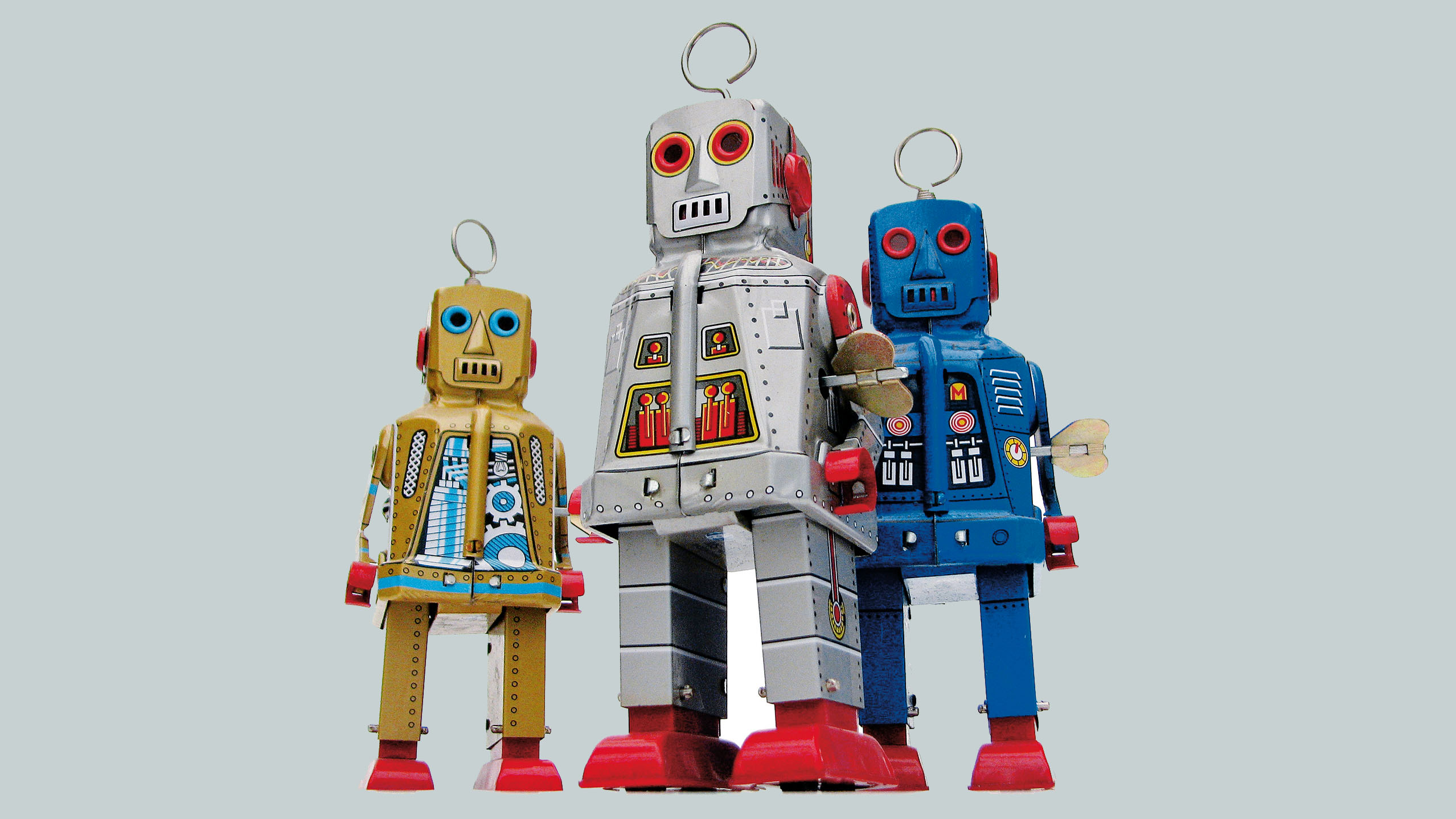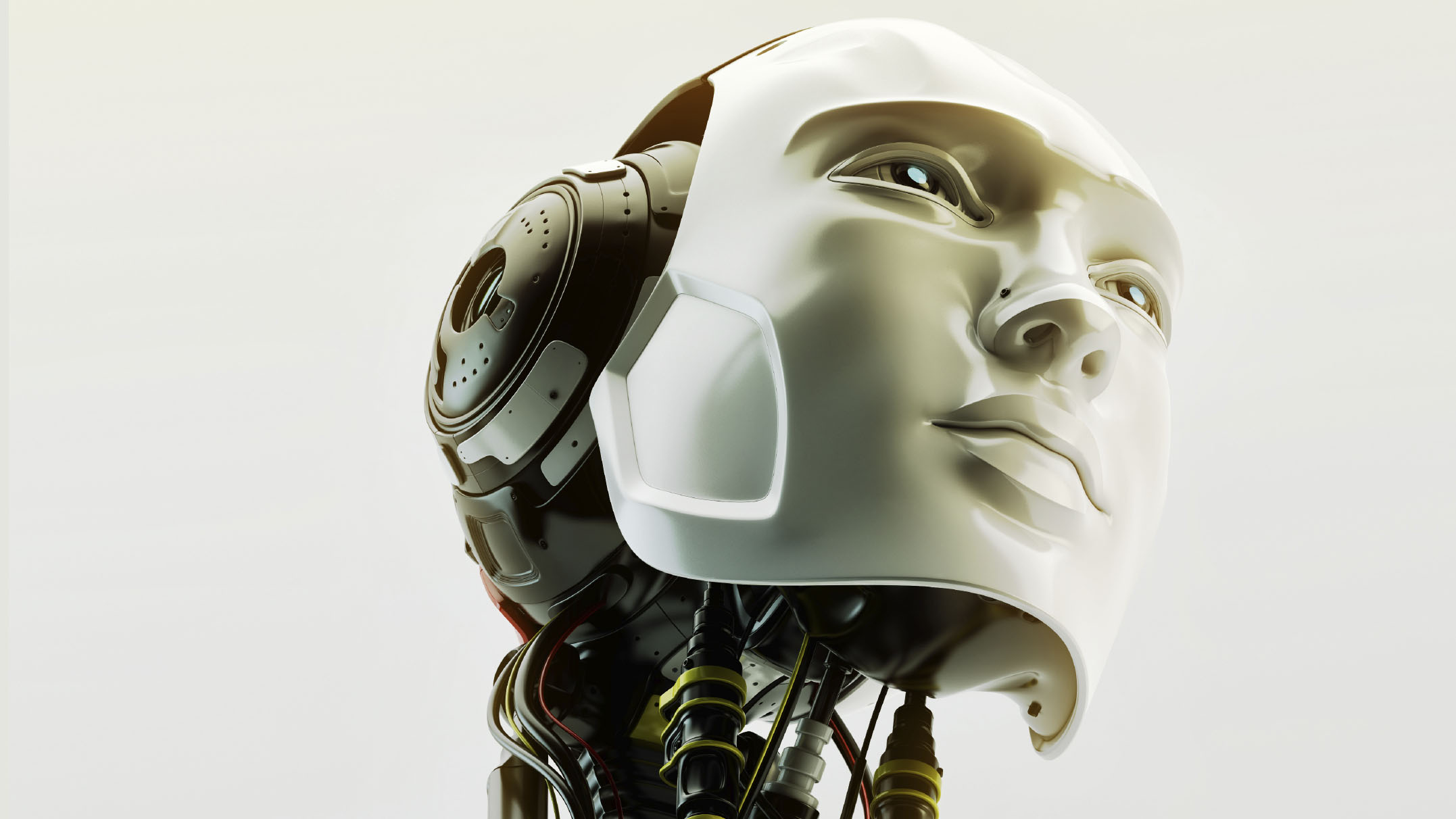Bots and babies: how the family of the future may be machine made

When it comes to technological advancements, the adult industry has always been one of the first to embrace the new.
Pornography was a big part of the success of VHS and the home video boom in the ‘80s, while X-rated sites filled up our virtual reality goggles with content way before the footage of roller coasters and space made VR viable. And now we are witnessing the dawn of the sex robot.
It is a notion that has already been played out on the silver screen – one which does not usually have a happy ending. In Ex Machina, Caleb’s robot love interest left him to die in the laboratory of a sadistic billionaire. In Her, Theodore’s A.I. girlfriend cheated on him 8,316 times.
Assuming that real life robot-human relationships fare better, will these couples start settling down together?
Dr David Levy, the author of Love and Sex with Robots, a British International Master of chess and co-founder of Intelligent Toys Ltd, believes this will be entirely possible.

A decade ago, Levy predicted that humans would start having intercourse with robots. But what happens if we fall in love with these machines? And will we ever actually be able to have children with robots?
Speaking at the third International Congress On Love And Sex With Robots in London, Levy predicted that by 2100 it is highly likely that there will be a new-age nuclear family – a human parent, robot parent and robot-human child.
Sign up for breaking news, reviews, opinion, top tech deals, and more.
These children will be physically human. They will breathe, eat and think just like us; but half of their genetic make-up will come from a robot.
“These would be indistinguishable from humans created normally. It will be more of a child than a robot. It will look human like, it will be made up of cells that have come from human cells. The only way in which it is robotic is in having robot genes input into its own genetic make-up. This will be invisible to people,” Levy explained.
Though this may sound far-fetched, the technology already exists. As of 2016, egg and sperm are no longer needed to create an embryo – skin cells can be used instead.
Numerous breakthroughs were made in this field, following Shinya Yamanaka’s Nobel prize winning research in 2012 – where mature cells were converted into stem cells.

In September 2016, researchers at The University of Bath in the UK even created mice offspring using only sperm. Hypothetically, if the human in the relationship was male, the need for a human female partner would be eliminated when procreating.
As for the robot mother, her personality would need to be ‘programmed’ into the child.
Robot chromosomes
Researchers at the Robot Intelligence Technology Lab in Korea’s Advanced Institute of Science and Technology already tested the “world’s first robotic chromosomes” in 2005. DNA sequences, which corresponded to different personality traits, were computerised and made into “artificial chromosomes”.
In August of 2017, researchers at Ohio State College of Engineering announced the development of Tissue Nanotransfection (TNT) technology. TNT allows genetic code to be inserted into the skin, creating any type of cell required.
TNT would mean that when humans have robot partners with their own distinct personalities, they will be able to create children together. The personality of the robot partner, in theory, could be made into artificial chromosomes.

Then, both the genetic information from the robot and the human partner could be inserted into a human embryo, via TNT. This embryo could then be carried and given birth to by a surrogate.
It may even be possible to create robot-human children at various different ages. Levy said: “If one creates robot-human babies… you have to wait 15 years, until they are sufficiently adult-like, to see whether there are problems with the technology.
“I think what is likely to happen is [a research team] will try to produce robot-human children at different ages - aged 5, 10, 15 and so on.”
Imagine a future where we may be able to create children that skip the teething stage and go straight to being moody teenagers.
Where will this happen first?
Levy predicts that these robot-human children will be made in the Far East before anywhere else – specifically China, Korea or Japan.
Japan is in the midst of a virginity epidemic. It is estimated that 25% of men over 30 have never had sex. The population is also ageing at an extraordinary rate – with rapidly increasing life expectancies and decreasing birth rates.
By 2055, it is predicted that 40% of Japan’s population will be over 65 years-old. Over the course of the century, the country may well struggle to look after its elderly.
Because of this, Levy believes it is likely that Japan will become one of the leading consumers of sex robots within the decade
“The main purpose in developing sex robots is for people who are lonely, who have a void in their lives,” he notes.
When will this happen?
Though this is all possible, it is most likely that these children won’t be created until the end of the century, if at all. The ethical, legal and societal implications of creating a robot-human child are overwhelming and for good reason.
Levy said: “I think a huge amount of work needs to be done by lawmakers to deal with all sorts of problems that are created by robots.” An entirely new rule book would need to be made for these robot-human children.
Furthermore, at present, sex-robots are not advanced enough to have their own distinct personalities. Levy predicted that robots will not begin to pass the Turing test for another 20-30 years.
This will be accomplished once a robot is created that exhibits intelligent behaviour which is indistinguishable from a human being. Prominent American computer scientist, Ray Kurzweil, estimates that robots will pass this test 11 years from now.
“It is quite plausible that in, say, 100 years robots will be so intelligent and capable that they could become a serious threat to us,” Levy notes.
If that’s not enough to stop you sniggering about having sex with a robot, we don’t know what is.

Claire Hutchison is a freelance journalist and copywriter with experience working in print, online and radio. She has previously worked as a Multimedia Journalist for DC Thomson - writing for the Evening Telegraph and reading the news on Wave FM. Claire has also written for The Herald and Tech Radar.